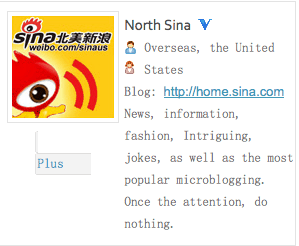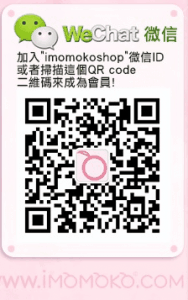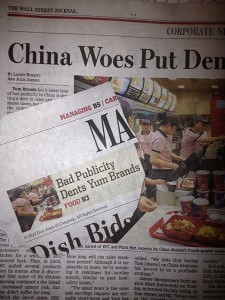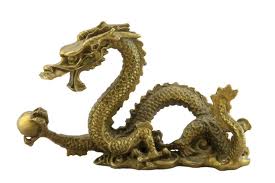 No one said life was easy, and if it were we’d be at the beach partying all day. But, you’re not, nor am I, and that’s why you haven’t seen me here in awhile.
No one said life was easy, and if it were we’d be at the beach partying all day. But, you’re not, nor am I, and that’s why you haven’t seen me here in awhile.
I’ve been in a rut as digital marketing has been kicking my ass, and it’s doing it so royally I had to put that A-S-S word in the headline. BTW, is A-S-S even a cuss word any more? I know no five-year-olds are reading this blog, so maybe I’m safe.
Meanwhile…
How do you feel when completely out of your element? Here are a few emotions I can share from first-hand experience – humility, humbleness, embarrassment, frustration, annoyance, anger, fear, and tears. Then comes the resignation that all these emotions are purely obstacles to success.
Indeed.
We (that means I) are our own worst enemies. If anyone is somewhat of a perfectionist (gulp, I’ve never admitted that even partially to anyone and I know it’s not true) who likes to be in control because that’s a true comfort zone, then things we don’t know are addressed with obstacles.
And, so, I found out right quick I don’t do digital marketing and to overcome my fear of it, I would just toss bricks in my way. I did, I am, I was.
I recently hired an expert to help me elevate my business to a new level. I had hit a brick wall on my own trying to grow my business online.
In the past I’ve worked with some really good people, but everyone reaches a point in their knowledge where there’s a deficiency; I had hit mine.
Digital Marketing Struggles
Digital marketing is a tough nut. Who are the people doing it well and making money at it?
It requires huge analytic thinking oriented to testing, sorting, list building (gah, my least favorite thing of all) and development of landing pages with calls to action and the software platforms to make it all work.
How copy is written is so different than a blog post and it requires short and punchy quip that entices but doesn’t sell.
Digital marketing is not for the feint of heart. You need to be trained as an expert to master it and you have to live it every day to know what the heck.
Here’s what happened:
- My fear of failure put me in a deep, dark hole. I was unable to write like I was supposed to. I did not want to be judged. I did not like to be edited. The style of writing was foreign to me.
- I wrote and it stunk.
- I was edited brutally and hated it.
- I wrote again and it stunk more.
- More brutality and people totally rewriting my work.
- I ignored everyone.
- I tossed bricks in my way and cried about it. I whined some more.
- Then I took a deep breath and finally wrote again.
- It flowed and was acceptable to my utter shock and amazeballs.
- The brutal editors and experts said they loved it, high five. (I secretly didn’t believe them.)
I wanted to quit, fire everyone and walk away from the challenge; exactly like I feel in Taekwondo every Tuesday and Thursday.
It’s a slow boat to China, and no one reaches it in a day. Yeah, Jayme, so get on a plane.








 The headline on the cover of the Marketplace section of this morning’s Wall Street Journal caught the eye, “Bad Publicity Dents Yum Brands.” Woah. Must be really bad for the other side to add that key word, “publicity,” in a call out.
The headline on the cover of the Marketplace section of this morning’s Wall Street Journal caught the eye, “Bad Publicity Dents Yum Brands.” Woah. Must be really bad for the other side to add that key word, “publicity,” in a call out.









